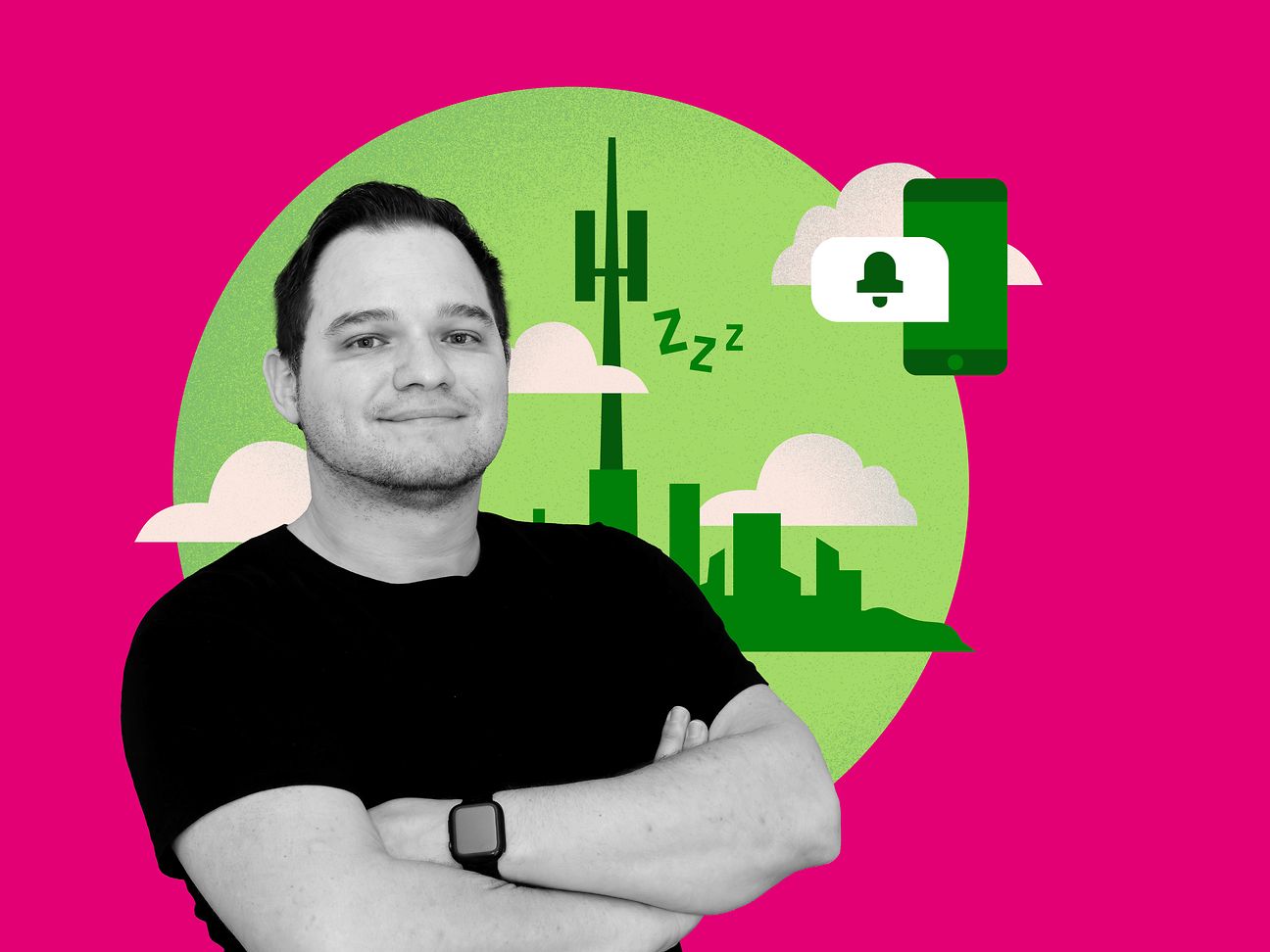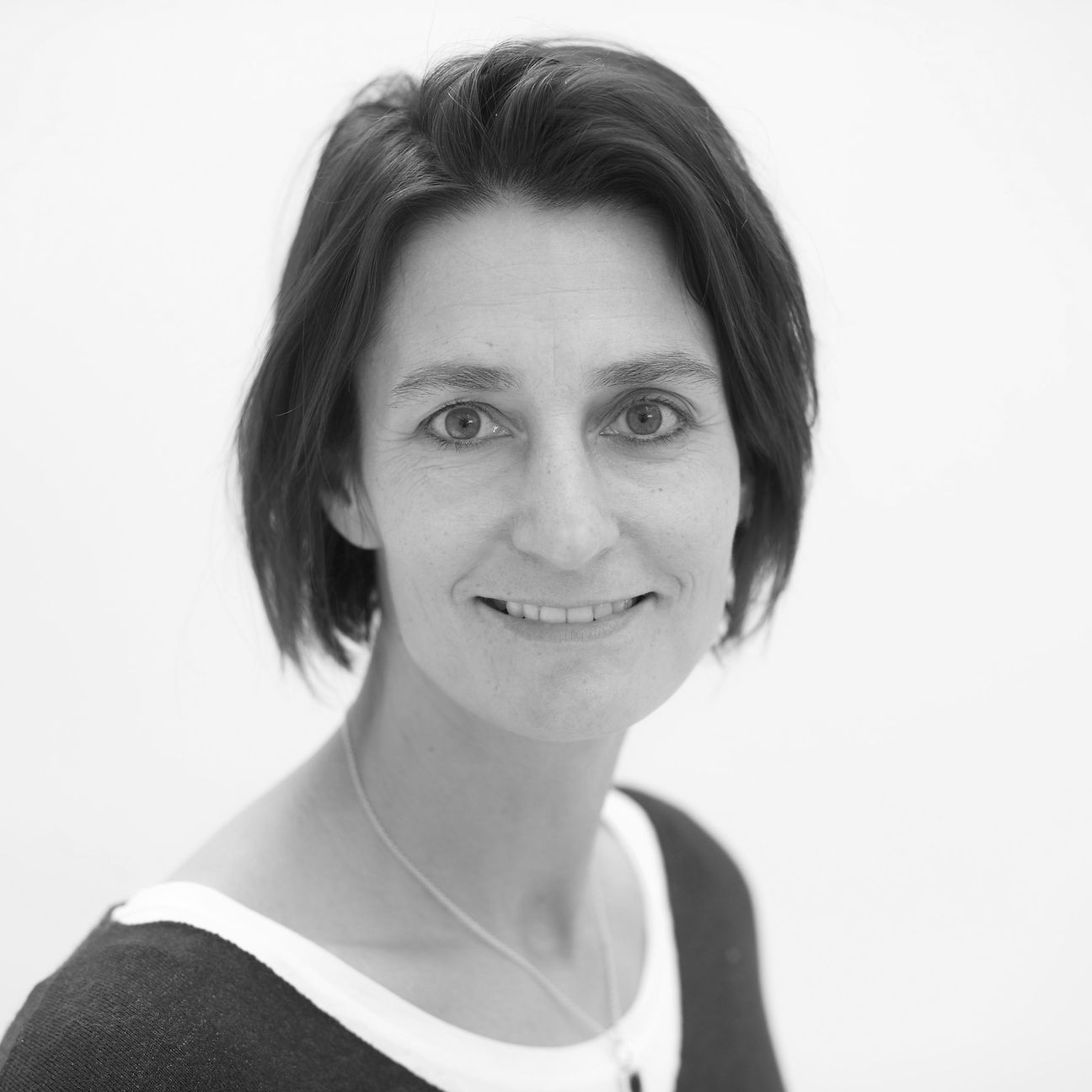Fitness training for antennas
David Maschke is a kind of fitness trainer for our mobile phone systems. The colleague from the technology department ensures that they can perform at their peak, take breaks and do not eat all the time. He and the entire team of energy management in mobile communications make a significant contribution to reducing power consumption in the company.
How do you put a mobile phone mast to bed?
David: It works like the motion sensor of the front door. When someone enters the sensor area, a light comes on. And when someone wants to download something in the area of a sleeping mobile cell, it is awakened by the cells that are still awake to provide full performance again.
Is this noticeable in everyday use? With people, it's clear when they are woken up from sleep ...
David: Don't worry. So far, we have managed to reduce the power consumption in mobile communications with around 50 measures. The top rule is: Everything remains the same for our customers. Ideally, it works like the shutdown of 3G. We now use these frequencies for LTE and 5G. So, surfing is even faster now. But because the technology is more efficient, we still save power - when all our puzzle pieces are added up, it's as much as 25,000 two-person households consume in a year.
But at the same time, we are using the devices more and more for data-intensive things like streaming - doesn't that consume more power again?
David: That is fundamentally correct. The better our network, the more it is used. And with increasing data volume, power consumption also increases. But an even bigger role is played by how often the users switch between different radio cells. For example, in the Berlin Olympic Stadium, we provide the spectators with more than 150 4G and 5G mobile radio cells. If someone now walks in circles while streaming in the empty stadium, the cells wake up one after the other from energy-saving mode.
You can see the current energy consumption for each mobile site. But can you also specify the savings measures for each individual one?
David: In fact, we have recently implemented a tool that allows the energy balance of the sites to be individually adjusted - automatically. We only provide the framework within which various configurations can be set. The tuning is done by software, so the settings can vary from cell to cell. If you compare this approach with fashion, we used to have only one size for all systems - now there are customized features for each individual cell, which is a big step.
Are there already forecasts on how much energy we can save through the automation software?
David: At the moment, we assume that we can achieve an additional three to four percent on top of the previous savings. Our motto is like with Corona: "Flatten the curve." Power consumption is constantly increasing, also because we are, of course, expanding the network. Our job is to keep this curve as flat as possible. Our future vision is "Zero watt per zero bit": Currently, our mobile phone systems in standby mode are about 20 percent below their normal consumption. We want to reach a point where they only require energy when they are active, and the demand is minimal otherwise. Similar to the standby operation of modern televisions.


